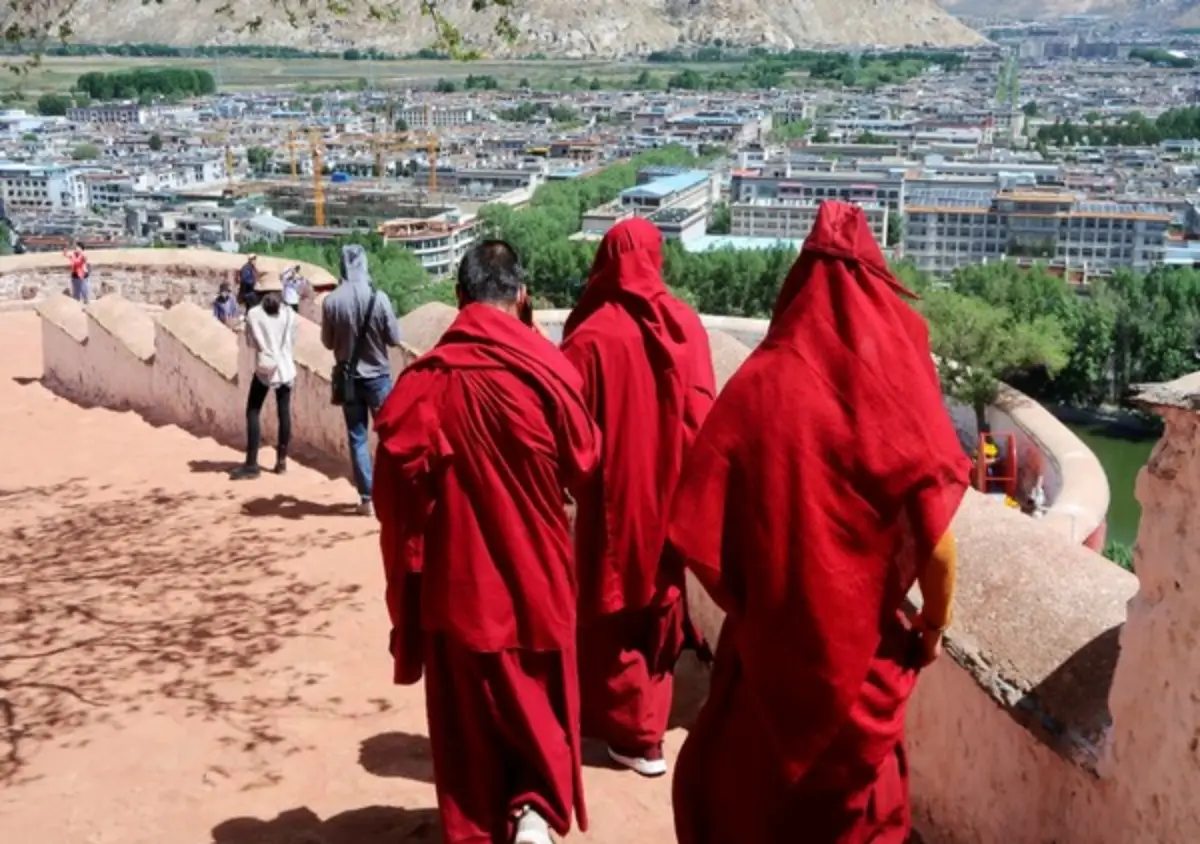
Tibetan Whistle-Blower Detained After Expose On Mining
WASHINGTON, DC(ANI) – A 29-year-old Tibetan environmental whistle-blower from Ngaba is currently in detention following the viral release of a video on Chinese social media exposing illegal sand and gravel mining in his hometown of Cha’erm.
His video, which highlighted severe ecological damage and corporate negligence, gained significant traction in mid-October, prompting local authorities to summon him and other villagers on October 26. While the villagers returned home, the whistle-blower remains missing, Save Tibet reported.
The International Campaign for Tibet has expressed deep concern for his well-being, pointing out that Tibetan environmental defenders face increasing persecution for their activism.
This case underscores the substantial environmental challenges confronting Tibet under Chinese administration, particularly for those advocating for ecological preservation.
In his video, the whistle-blower detailed the illegal activities of Anhui Xianhe Construction Engineering Company, which has been extracting sand and gravel from the riverbed of a local tributary.
This extraction process has led to severe soil erosion and threatens local ecosystems, posing risks to water security across Asia, including the Yangtze and Yellow Rivers. The river flowing through Tsaruma township in Kakhog (Hongyuan) County is crucial for these major Asian river systems, reported Save Tibet.
The young man’s public appeal has drawn attention to the ongoing tensions between economic development and environmental preservation in Tibet. It also highlights the significant obstacles Tibetans face when advocating for their local environments under Chinese rule.
The rapid censorship of the whistle-blower’s video and related content on Chinese social media further emphasises the sensitive nature of environmental activism in the region.
The situation remains precarious, and the international community is urged to advocate for the release of the detained whistle-blower while addressing the broader issues of environmental degradation in Tibet. The region faces pressing environmental challenges driven by climate change, resource overexploitation, and human activities.
According to Tibet Watch, biodiversity is at risk, with habitat destruction from urbanisation, agriculture, and mining contributing to the decline of endemic species such as the Tibetan antelope and snow leopard.




